I find that horizontal mills can be quite useful. Their biggest downfall is the time it takes to change tooling, cutters and arbors. They’re not as versatile at making little parts with multiple features and holes, but it doesn’t mean they don’t have their uses. As far as what they can do, milling slots, facing, boring, drilling, reaming, sawing, profiles shapes. And these are just the ones that immediately come to mind.
If you have a little extra room, they can be well worth the effort. Mine had never run a job in the 37 years that it had been stored. And even so, I picked it up for about the cost of a used right-angle attachment for a Bridgeport. One of the things I notice in machine shops is that you can never have too many ways to do a job. If you do fabrication, repair work or prototyping, more ways to do something makes for better adaptability. There is usually one way that will be the best for that job.
I’ve included a few pictures of a couple of jobs I’ve done on mine (that I actually remembered to take pictures of.) The first pictures are of boring on a TOS lathe apron.
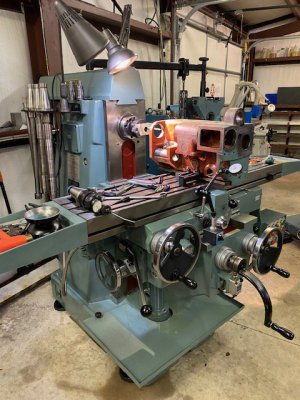
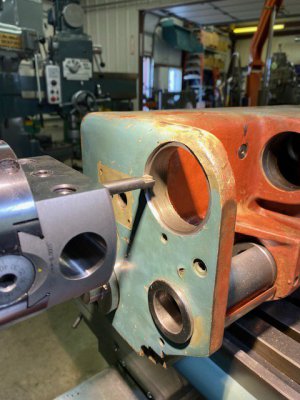
The following are of some horizontal milling of electric motor mounts. It’s only a 1/4" depth and a 1.5” wide step. The machine cut these in three passes - conventional milling one way; climb milling back. A very easy and quick job for a horizontal.
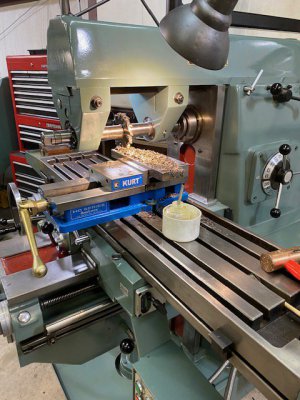
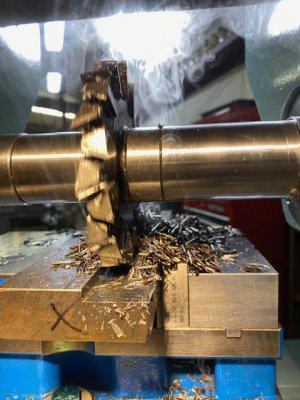
These last pictures are before and after shots of a Cincinnati Bickford drill table that I refaced on my horizontal mill using a boring head with a 1” carbide boring bar as a fly cutter. The table is about 24” x 28” and 600 pounds. The mill did the job in three passes.
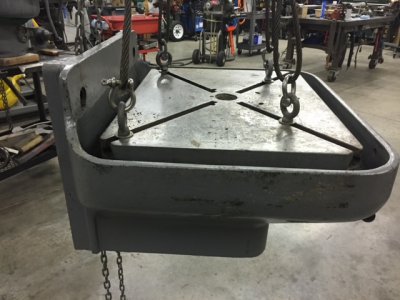
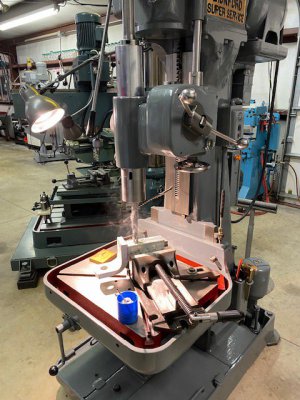


 Really looks like a nice mill though .
Really looks like a nice mill though . 





